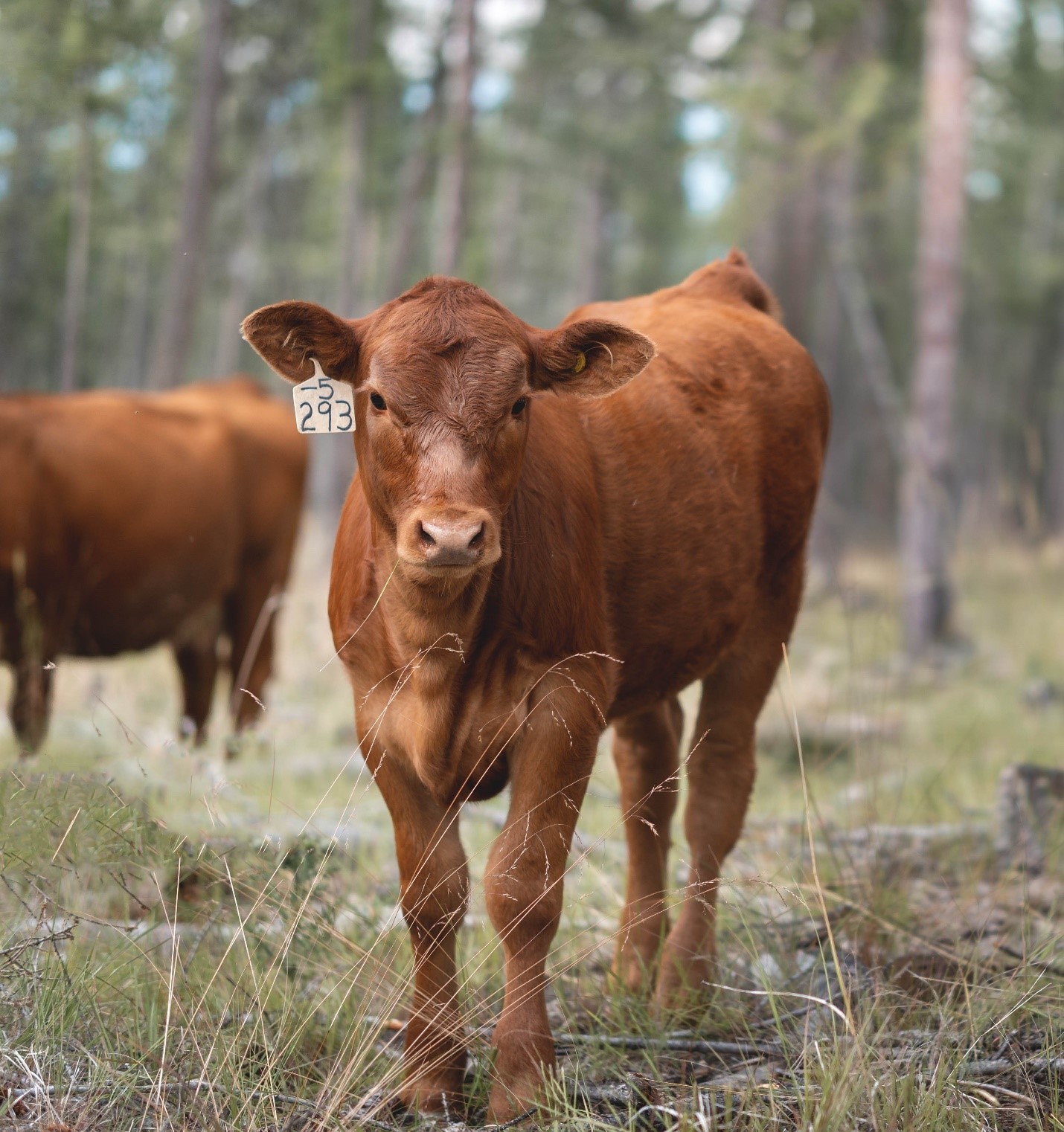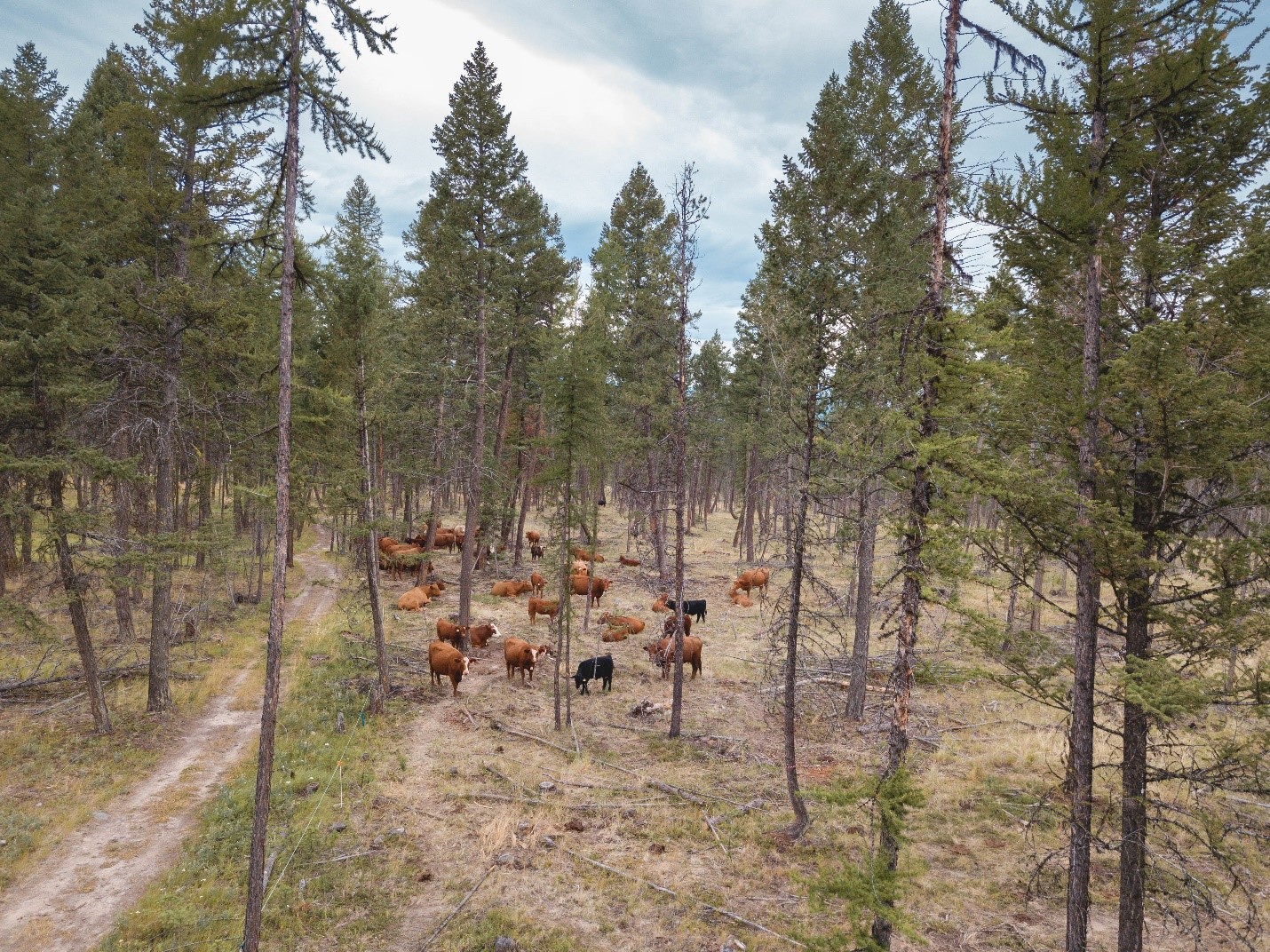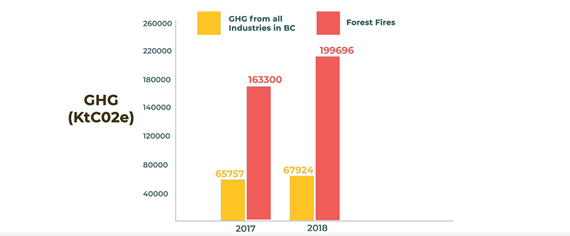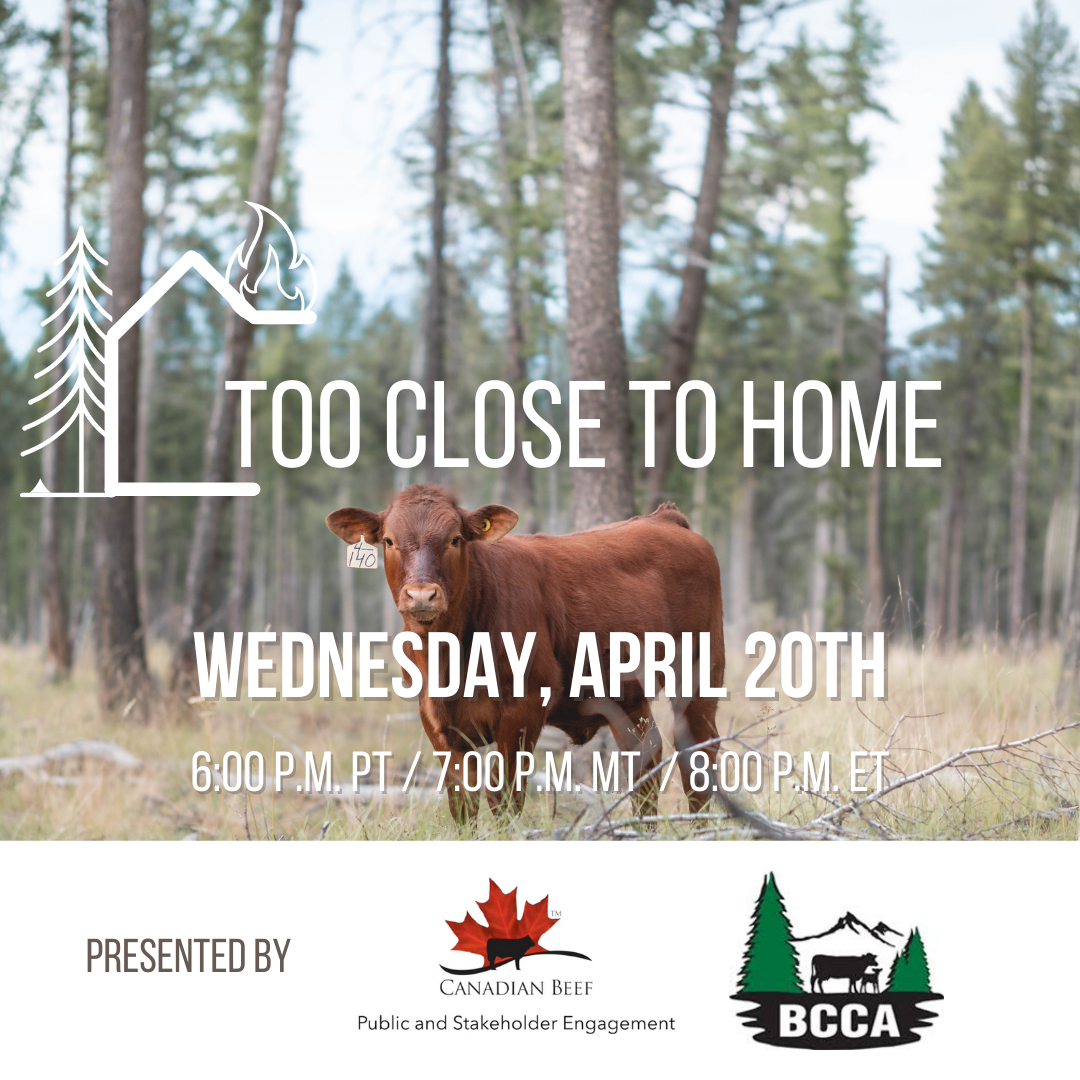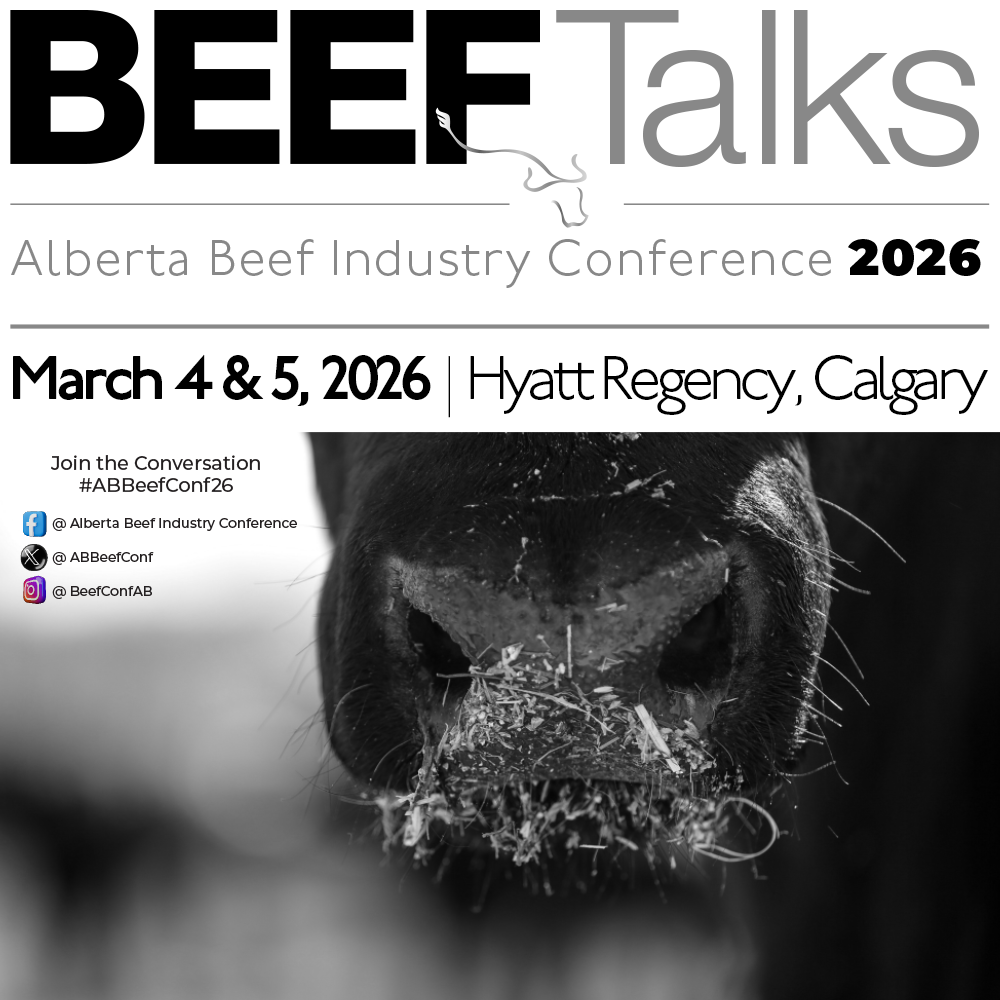AB Direct - Steers
Rail: 492.00-493.50 FOB feedlot (last week)
AB Direct - Heifers
Rail: 492.00-493.50 FOB feedlot (last week)
US Trade- Steers
Rail: 355.00-363.00 (IA, NE) last week
US Trade - Heifers
Rail: 355.00-363.00 (IA, NE) last week
Canadian Dollar
0.19
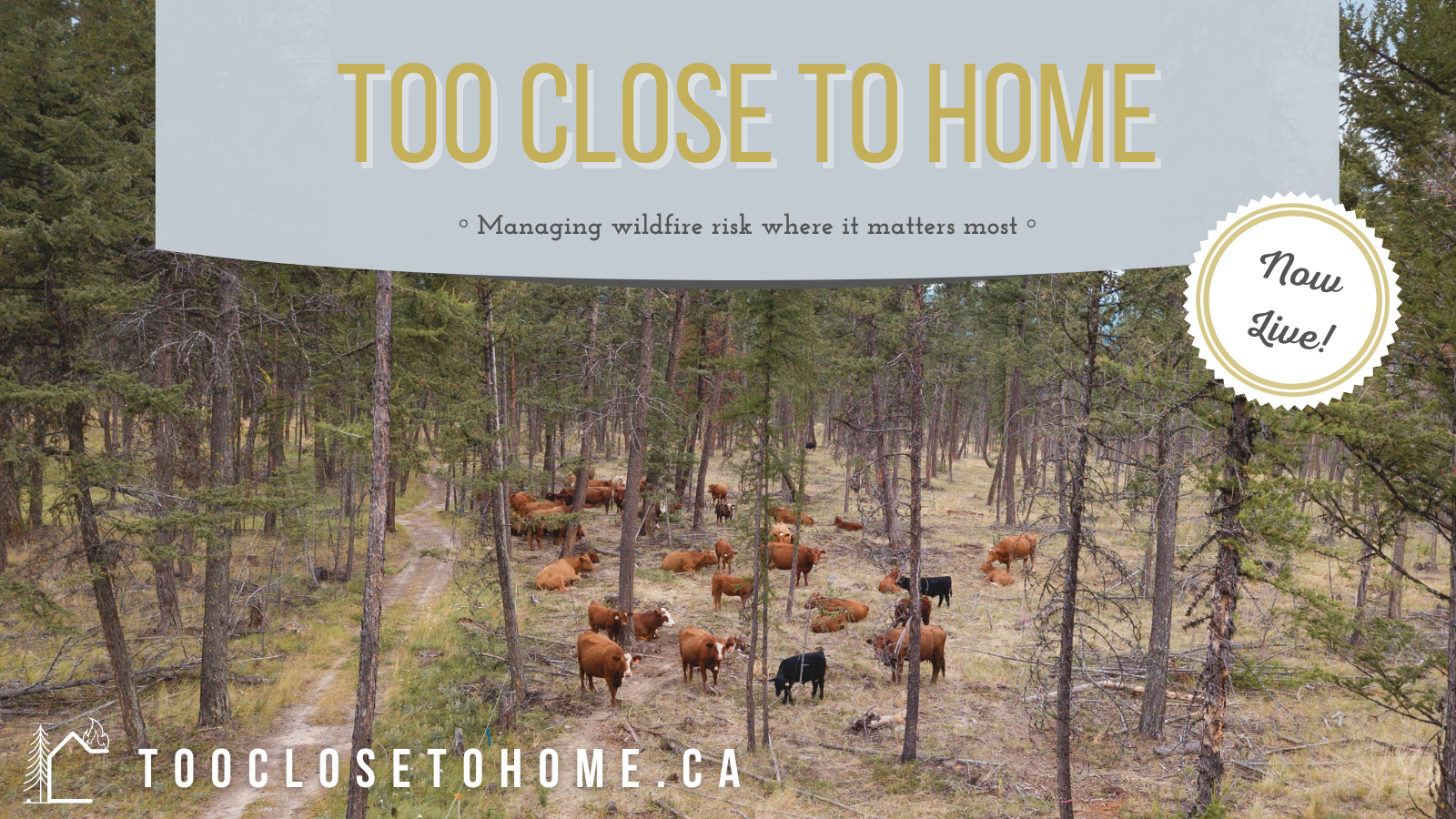
What fuels wildfires also fuels cattle
New short documentary, Too Close to Home, sheds light on targeted grazing as one tool to reduce wildfire risk
Kamloops, BC – Recent record wildfire seasons in British Columbia have seen up to three times more carbon dioxide released into the atmosphere than from all the province’s fossil fuel burning sources combined. Frequent, catastrophic fire events have transformed BC forests – once a carbon sink – into a carbon source, turning the climate change flywheel even faster.
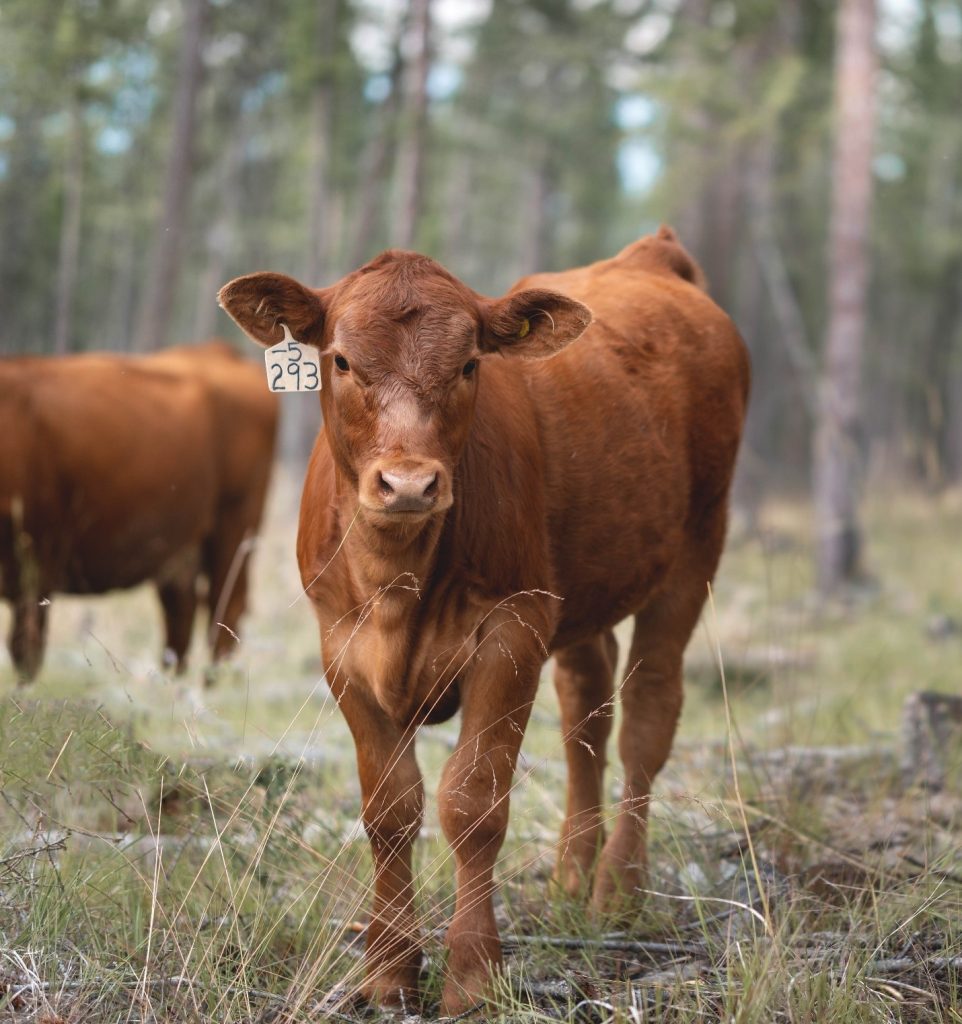
As the occurrence and magnitude of wildfires has grown, so too has the human and economic toll. Mitigation tools have become especially important to protect lives and homes in high-risk areas like Kelowna and Cranbrook.
After witnessing firsthand how grazing can impact fire behavior, municipalities, researchers, and ranchers came together to collaborate on a series of pilot projects in British Columbia. Too Close to Home, a new documentary out now, introduces these projects and explores the role cattle can play in reducing wildfire risk.
“Dried grass is a volatile fuel type and can have a dramatic effect on wildfire spread and severity. Grazing is a safe, economical way to potentially reduce the intensity of wildfires by decreasing the fuel load and keeping what’s left in a vegetative state, making it less likely to burn,” explains Shawna LaRade, professional agrologist and range officer with the Government of British Columbia.
Other common mitigation techniques like controlled burns are logistically difficult to carry out close to urban areas. The practice also leads to smoke, which is unpopular with nearby residents, and always carries the inherent risk of unintended fire spread.
With targeted grazing, cattle are moved into wildland areas adjacent to at-risk communities for two to three weeks in the spring or summer when grass is growing. This type of intense, short-term grazing mimics the natural disturbance of traditional grazers with which the land evolved. The grazed area provides the landscape level fuel break needed to keep communities and their members safe.
“We’re not saying targeted grazing is going to prevent a forest fire; what we’re saying is that it will reduce the risk of a fire starting, and if one does start, it will give us the opportunity to manage the fire and bring it under control,” Kevin Boon, Manager of the British Columbia Cattle Association (BCCA).
For the farmers and ranchers involved, keeping cattle in wildland areas requires extra management, but also provides the chance to demonstrate the contribution they can make to
their communities, above and beyond local food production. Several other areas in BC are exploring adding targeted grazing to their suite of wildfire mitigation tools.
Trailer
Watch Too Close to Home
Too Close to Home is now available to watch on Facebook, YouTube, or on TooCloseToHome.ca.
Media Contact
Amie Peck
Public and Stakeholder Engagement Manager
Phone: +1 403-451-0935
Email: pecka@cattle.ca
About Too Close to Home
Too Close to Home is a short documentary brought to you by a group of dedicated ranchers, researchers, and Canadian filmmakers. The film highlights the stories of three communities currently utilizing targeted grazing for wildfire risk reduction. For more information about the film, visit www.tooclosetohome.ca
About the Public and Stakeholder Engagement Program
Public and Stakeholder Engagement (PSE), a division of the Canadian Cattlemen’s Association, works to fulfill the public trust objectives in the National Beef Strategy through highlighting how beef cattle are raised in Canada.

